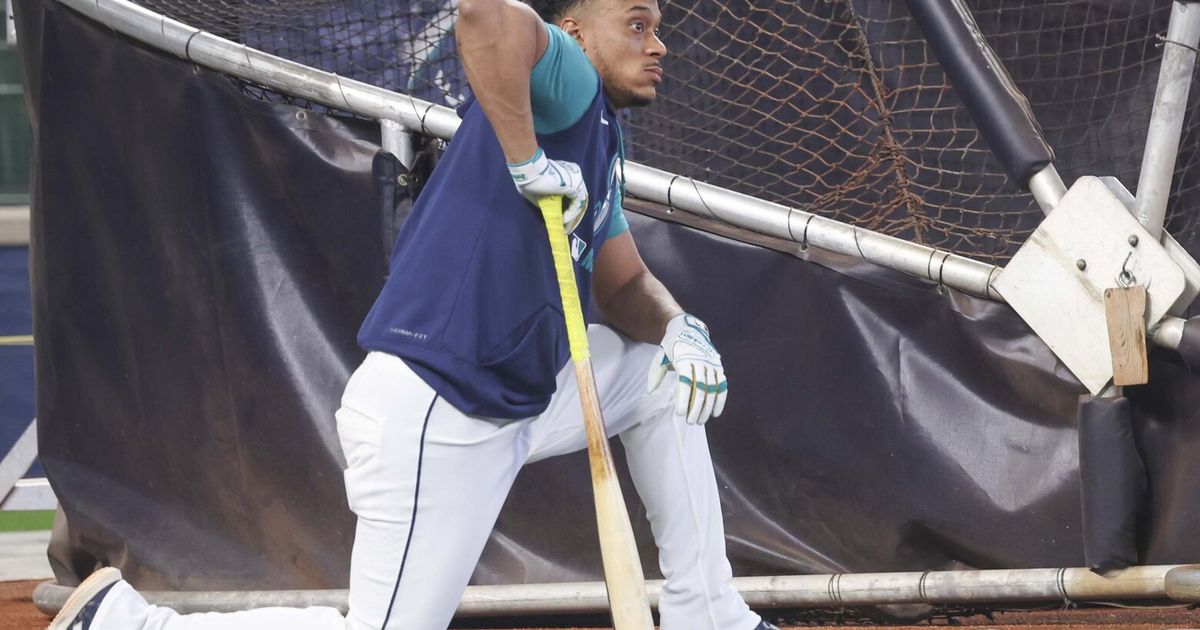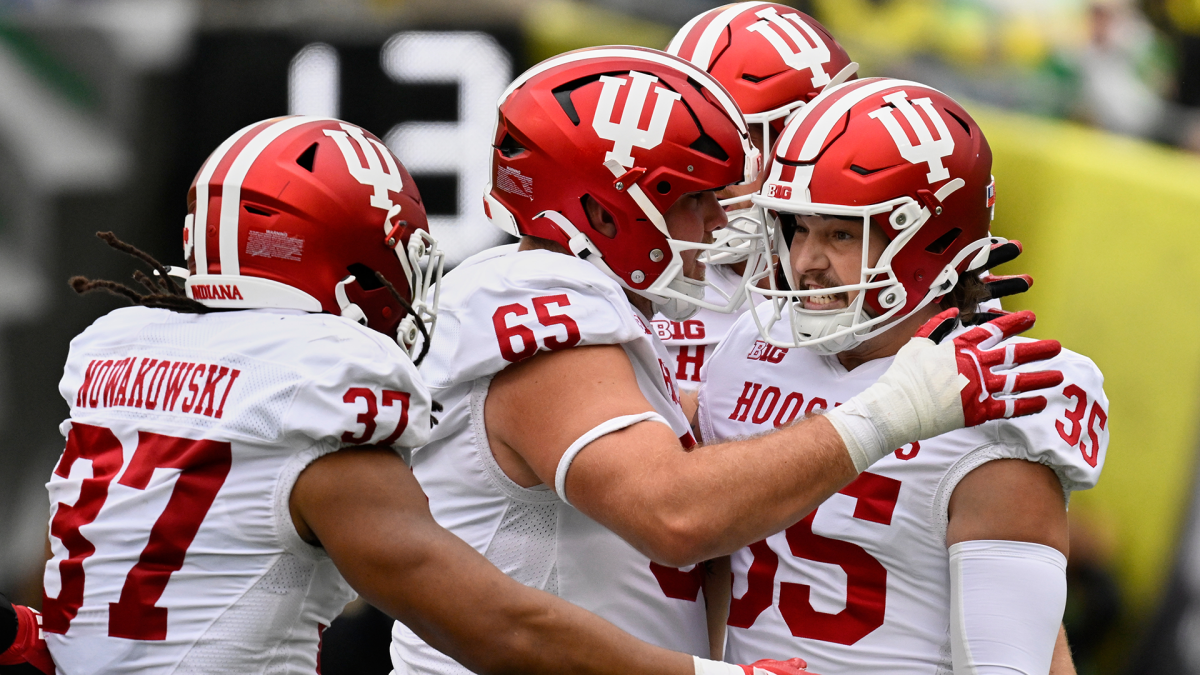Sir Bobby Charlton picked his World XI in 1960. We found it - and here it is

Happy birthday, Sir Bobby Charlton.Arguably Manchester United’s most important modern player and perhaps England’s greatest — the emblem of their World Cup-winning team of 1966, the year he won the Ballon d’Or — Charlton would have been 88 today.He died two years ago this month, the news breaking on a Saturday afternoon. It seemed appropriate, as does Charlton’s birth date falling on an international weekend. As does coming across a rare old book of his: Bobby Charlton’s Book of Soccer. It was published in October 1960, coinciding with Charlton’s 23rd birthday.On page 79, he names his ‘World XI’ and, given the book’s date, anyone in 2025 guessing even half the selections correctly will be doing well.In the preface, Charlton acknowledges it might be early for an autobiography but then also writes: “An awful lot has happened to me in my 23 years”.It was a comment every reader will have understood — in 1958, Charlton was in the Munich air disaster that killed 23 people, eight of whom were his United team-mates, plus three members of United’s staff. Charlton was knocked unconscious in the crash, hospitalised and traumatised. Here he refers to it as “the Munich accident” and says “even now I am reluctant to write about that February day”.He does, though; but there is much else besides, including his question: “I daresay you have often played the game of naming a World XI from the best players you have seen? Me too.”Like everyone else, Charlton has his criteria. His choices are limited by the enforced absence of Manchester United players — “in order to avoid any suggestions of favouritism”. There is no place for either Duncan Edwards or Roger Byrne, two “all-time greats” he would have picked, “obviously”.All of us find these exercises tempting, then difficult, because of the inevitable omissions. Charlton puts it in the vernacular of the time: “It isn’t all jam being a selector”. He wrestles with not picking Tom Finney. “You can’t leave him out!” Charlton exclaims, “yet leave Finney out, I must.”On page 80 is a black and white photograph of Charlton flying through the air — as a goalkeeper. We discover this brilliant striker of shots that left keepers helpless fancied himself in nets. He admires keepers more than many outfield players do and, while noting United’s keeper Harry Gregg — excluded for club reasons — there are none he rates higher than the one playing across Manchester for City: Bert Trautmann.“When United players get a day off, we nearly always go over to Maine Road to see this great German star in action,” Charlton writes.In 1960, this will have raised a few eyebrows. The Second World War was still fresh in England’s collective memory and, for Charlton, there was also Munich. Then there was Manchester’s club rivalry.The most significant of these was the war. Even in an era when foreign footballers in England could be counted on one hand, Trautmann was an exceptional case. Not only was he German, he joined the Hitler Youth in Bremen at 17 and, later, the Luftwaffe. He fought on the Eastern front, earned medals and, by 1945, was in France. There, Trautmann was captured by the British and imprisoned in Essex, then Lancashire.After the war, he began playing for local league side, St Helens Town. City saw him and signed him.Fan protests were huge, with 20,000 outside Maine Road chanting “Nazi”, but the club persevered and Manchester’s rabbi, Alexander Altmann, intervened on Trautmann’s behalf. That generous act — and Trautmann’s impressive performances — quelled opposition. By 1956, he was England’s Footballer of the Year, the only non-British or Irish winner until Frans Thijssen in 1981.Trautmann’s personal status was enhanced by his bravery in the 1956 FA Cup final against Birmingham City. He had his neck broken in a challenge and played on. He was holding his head as he collected his winner’s medal; the full scale of the injury was unknown for three days. No wonder Charlton was impressed. He played in Trautmann’s 1964 testimonial in a joint City-United XI.Lesser known in Germany, Trautmann was inducted into German football’s Hall of Fame this week.“After playing against Bert,” Charlton says, “you realise there is nothing he hasn’t got.”In terms of formation, those in front of Trautmann are lined up in the book 2-3-2-3. In modern tactical parlance, it may have been 3-4-3.Charlton’s two full-backs are both Brazilians — Djalma Santos and Nilton Santos. In 1960, Djalma Santos had already played in two World Cups and was in the squads for 1962 and 1966. He was on the winning side in the 1958 and 1962 finals, was named in the team of the tournament in 1954, 1958 and 1962 and won 98 caps in total. That’s talent.Charlton named Djalma Santos man of the match in the 1958 final. From Sao Paulo, he played over 1,000 matches for the city’s clubs, Portuguesa and Palmeiras.Nilton Santos, from Rio de Janeiro (and no relation), is more widely known outside Brazil. He, too, played in the 1958 and 1962 World Cup finals and was also part of the 1954 Brazil squad. His entire club career was spent with Botafogo in Rio. When FIFA put together a global ‘team of the century’ towards the year 2000, Nilton Santos was in it. A nickname of ‘Encyclopedia’ summed up his knowledge of the game.“I’ve grabbed both these marvellous full-backs for my ideal team,” Charlton explains. He had played against them in a friendly for England in Rio in 1959. “Both are strong tacklers, clean kickers and clever tacticians.”If it is a back three in Charlton’s formation, then between the two Brazilians is a Welshman, John Charles.“One could play John Charles anywhere,” Charlton says. “But I don’t know of a better centre-half — do you?”In Yorkshire and Italy, there may be some head-scratching. When Juventus smashed the British transfer record in 1957 to take Charles from Leeds United, they were signing a centre-forward who would go on to score the winner in his first three Juve matches on the way to three Serie A titles with the club.Never booked or sent off, physically imposing yet beautifully balanced, Charles attained legend status in Turin — Il Gigante Buono. He was voted Juventus’s greatest-ever foreign player.The ‘gentle giant’ from Swansea had started out in defence and played there for Leeds as a teenager. Charlton’s brother, Jack, was at Elland Road then and heard the team being called ‘John Charles United’. As Bobby said, John Charles could play anywhere.Charles is only one of two Britons in the XI. The other is Scotsman Dave Mackay. Mackay would presumably be the midfield anchor in Charlton’s side, which is not inappropriate, as he had the reputation of a battleship.The infamous photograph of Mackay with Billy Bremner (below) shows one aspect of him. But he could play as well, winning the league title in Scotland with Hearts and then the first ‘double’ of the 20th century in England with Tottenham.Charlton says he had thought of picking Mackay’s Spurs team-mate Danny Blanchflower, but he is too attacking and there are enough goals in the team. Also, Blanchflower “leaves me alone” when United played Tottenham. Mackay didn’t.Alongside Mackay in midfield, Charlton begins with Hungarian Jozsef Bozsik. He is the one player in the XI Charlton says he did not play against, but that did not dim appreciation. Charlton had seen Hungary’s 6-3 undressing of England at Wembley in 1953 — the ‘Match of the Century’ — and Bozsik had scored Hungary’s fifth.He played a year later when Hungary beat England 7-1 in Bozsik’s native Budapest.Involved in Hungarian politics — Charlton refers to Bozsik as the “footballing MP” — Bozsik was different; an always available, deep-lying midfielder when that was new. Charlton salutes Bozsik, calling him “unique: he’s a craftsman and really original — I like that”.Beyond Hungary, today Bozsik is a buried treasure. Beyond the Balkans, the same applies to Dragoslav Sekularac.Sekularac was born in 1937, a month after Charlton, in what in 2025 is North Macedonia. Then it was Yugoslavia.He was signed by Red Star Belgrade. Charlton does not reference February 1958, but United’s last match pre-Munich was in the quarter-final of the European Cup, at Red Star. The plane was refuelling in Germany after flying from Belgrade. The game was a 3-3 draw, Charlton scoring twice for United.Sekularac did not score for Red Star but he left his mark on Charlton, who describes the creative midfielder as “complete” and “even above the great Len Shackleton or Wilf Mannion”. In Charlton’s world, this was serious, almost heretical, praise. Sekularac was part of the Yugoslav side who were runners-up in the first European Championship finals in 1960.A statue of him has been erected outside Red Star’s stadium. Charlton would like that.Raymond Kopa is “a wonderful general, always prompting” and Charlton includes the great Frenchman, whom he faced when United played Real Madrid in Europe. In the first four editions of the Ballon d’Or from 1956, Kopa was voted in the top three. He was first in 1958. Kopa’s selection cannot have been tough.Theoretically, that leaves a front three and another Brazilian makes it. His is another faded name, unless you are from Sao Paulo or Florence.Julio Botelho — ‘Julinho’ — played in that 1959 friendly against England in the Maracana (estimated attendance 150,000) and scored the first goal. On the right flank, he must have taken Charlton’s breath away, as he declares Julinho to be better than Stanley Matthews. An English newspaper report calls Julinho a “galloping ghost”.By then, aged 29, Julinho was back in his birthplace, Sao Paulo, having spent three years with Fiorentina. Those were good years — in 1955-56 Fiorentina were Italian champions for the first time, winning Serie A by 12 points. They were second four seasons in a row after that. On entering the European Cup in 1956-57, Fiorentina reached the final.They lost 2-0 to Real Madrid — at Real’s Bernabeu stadium.In 1996, Julinho was named Fiorentina’s greatest-ever player. The image of him leaving the pitch in tears after his last match is a Viola icon.On the left wing, Charlton selects a rather more famous winger, Paco Gento.Gento played for Real Madrid from 1953 to 1971. He must have been quite good. Charlton says Gento “must be the most natural left-winger in the game… he thinks and acts strictly left-footed and is certainly the fastest I’ve ever seen.” Gento appeared in eight European Cup finals for Real and won La Liga 12 times.Gento operated in tandem with Charlton’s last selection, Alfredo Di Stefano. Charlton offers one short line of explanation: “Di Stefano is, of course, without a peer — the finest football player I have ever seen.” (And he had played against Pele by then.)In later books, Charlton elaborated on Di Stefano, a man born in Buenos Aires and who was capped by Argentina, Colombia and Spain. Charlton was not bemused by this. As he wrote in his official 2007 autobiography: “What football nation on earth wouldn’t want to adopt such a man?”Charlton said he had “never seen such a complete footballer. The magic of Stanley Matthews would never die, the growth of Duncan Edwards was a wonder, and in later years I would know Pele as both an international opponent of stunning range and a warm friend, but the impact of Di Stefano crossed all boundaries.”There are no substitutes named, nor a coach. Charlton probably felt these players required neither; they could do it all themselves.What an XI, what a time capsule.Happy birthday, Bobby Charlton, and thank you.









